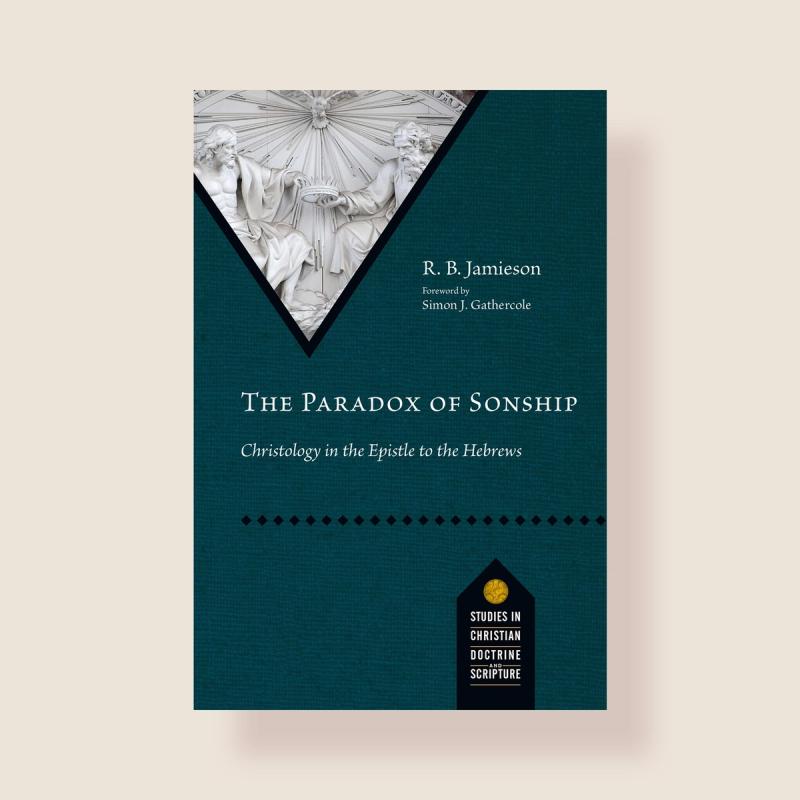What is theology good for? Or, more specifically: what are doctrinal formulations from ecumenical councils like Chalcedon or the Westminster Confession of Faith good for? One answer is that such theology helps us properly interpret unclear passages of Scripture.
Protestants have traditionally held that the basics of the Christian faith are so clearly expounded in Scripture that anyone can understand them with basic attention. However, not all passages are equally clear, as Peter acknowledged (2 Peter 3:16). How should we figure out the riddles of difficult passages? The answer is simple, intuitive, and articulated in the Westminster Confession of Faith: we use clearer sections to interpret less clear ones. “The infallible rule of interpretation of Scripture is the Scripture itself: and therefore, when there is a question about the true and full sense of any Scripture…it must be searched and known by other places that speak more clearly” (WCF 1.9).
One could argue that the Council of Chalcedon’s articulations of Christology in 451 A.D. were just that—a statement of what is clear in the Bible concerning the person of Jesus Christ. Thus, Chalcedon’s definitions can help a reader interpret a puzzling Scripture regarding the person of Christ. We follow Westminster 1.9’s rule by applying good theology in our reading of the Bible. Good theology helps us read the Bible properly.
This, in my own thinking, is what R.B. Jamieson, a pastor at Capital Hill Baptist Church in Washington D.C., puts into action in The Paradox of Sonship: Christology in the Epistle to the Hebrews. Jamieson illustrates the claims made in the recent Theological Interpretation of Scripture (TIS) movement, namely, “The right kind of theology does not lead us away from the [biblical] text but deeper into the text. It sends us back to the text better equipped to hear what the text actually says” (45). Theology and exegesis dance together, step in step; theology does not dictate interpretation, their interplay is “two-way traffic” (45). Ursinus said as much long ago—we heed doctrinal formulations like Chalcedon,
…that we may be well prepared for the reading, understanding, and exposition of the holy Scriptures. For as the doctrine of the catechism and Common Places are taken out of the Scriptures, and are directed by them as their rule, so they lead us, as it were, by the hand to the Scriptures.[1]
In The Paradox of Sonship, Jamieson takes theology formed by Scripture and uses it to go back to Scripture, specifically, the book of Hebrews.
To say that Hebrews is difficult to interpret and preach is to put it mildly. Just about as complex as it is wonderful, Hebrews is full of hard statements that stretch a reader’s knowledge of theology and of the Old Testament that is so interwoven into its fabric. When I preached through Hebrews, I found the going toughest at the start—e.g., how do we explain the Christological truths of Hebrews 1:3-5?
He is the radiance of the glory of God and the exact imprint of his nature, and he upholds the universe by the word of his power. After making purification for sins, he sat down at the right hand of the Majesty on high, having become as much superior to angels as the name he has inherited is more excellent than theirs. For to which of the angels did God ever say, “You are my Son, today I have begotten you”? Or again, “I will be to him a father, and he shall be to me a son”?
God’s Son is God, clearly, but he was made a little lower than the angels (Heb. 2:9) in the incarnation, and then he becomes superior to the angels again with a name greater than that of the angels. What name is it? Commentators favor the name “son,” but does that not contradict the eternal sonship of the second person of the Trinity? What day is the “today” when he is begotten?
“The fundamental question this book asks,” Jamieson writes, “is, What does the author of Hebrews mean by calling Jesus the ‘Son’?” (1) He bucks three strands of current Hebrews scholarship, each holding what Jamieson considers a false dichotomy: Jesus cannot be the Son and also become Son. Instead, Jamieson argues both are true: Jesus is the incarnate eternal Son of God and in his ascended heavenly enthronement he fulfills the role of Messiah and receives the title. Jamieson credits Cyril of Alexandria with the foundations of his thesis (114-116).
The Paradox of Sonship seems to be written not only for exegetes, but for the academy—perhaps even those unconvinced of classical Christology, which Jamieson refers to as “conciliar” because it derives from ecclesiastical councils like Chalcedon (46; cf. 149-156). In chapter 1, “A Classical Christological Toolkit,” he invites readers to appreciate the theological boundaries provided to exegesis by those ecumenical councils. This includes “Paradoxical predication: the communication of idioms,” whereby what can be said of either nature of Christ can be said of the one person of Christ (39-40). Applying such theological formulations helps one listen to the text and still avoid, for example, interpreting it as teaching adoptionism (113).
Chapter 2, “‘Son’ as Divine Designation” shows the divinity of the Son in the book of Hebrews and tackles difficult sections such as Hebrews 5:8, which asserts of Jesus, “although he was a son [or, “the Son” as Jamieson renders it], he learned obedience through what he suffered.” If Jesus was not eternal God, why would the learning of obedience be a surprise? Jamieson’s analysis features fascinating discussions, such as outlining the persons of the Trinity’s speech to each other and to humanity (72).
So, Jesus is eternal God, and the statements in Hebrews about his being “a little lower than the angels” express his humiliation in the incarnation. This is the argument of chapter 3, “The Son’s Incarnate Mission.” Here the theological principle of the communication of properties shines: the same Savior who “is the radiance of the glory of God and exact imprint of his nature” learned obedience through suffering (87; Heb. 1:3; 5:8).
Jamieson here makes what may be his boldest claim: in his ascension, Jesus became high priest (91). His indestructible life, proved by his resurrection, qualified him for this role (92; Heb. 7:16). Jamieson illustrates this using Aragorn in J.R.R. Tolkien’s Lord of the Rings—Aragorn has always been the king, but he is only enthroned at the end. In the same way, Jesus is Messiah in his whole life, but the ascension gives him the fulness of that name (118-119).
These points are explored in the final two chapters, “‘Son’ as an Office Christ Enters at His Enthronement” and “Hebrews’ Theandric Messiah.” Jamieson takes “today I have begotten you” to mean “today I have enthroned you” (104). He concludes, “there is no opposition in Hebrews between Jesus being Son and becoming Son. Instead, the author strategically uses the term in two senses. The Son who is divine by nature became human to save humanity; having accomplished salvation, he was enthroned as Son, the heir of David” (108). Here we are both helped by parallel passages, and Jamieson’s explanation helps explain the parallel passages, such as Acts 2:36: “Let all the house of Israel therefore know for certain that God has made him both Lord and Christ, this Jesus whom you crucified” (156; see Rom. 1:3-4 & Acts 13:33).
Thus, Jesus is “theandric” Messiah, both God and man, with a dual sonship. Jamieson explains, “…in Hebrews 1:4-5, the name ‘Son’ is a title equivalent to ‘enthroned Messiah’ (108). The Paradox of Sonship is carefully nuanced, as one might expect in a book with “paradox” in the title. Jamieson adds, “This new status implies no deficiency in the Son’s divinity. Instead, this new status is rooted in and is the fruit of the incarnate Son’s saving mission” (112). This is “the goal of Hebrews’ entire narrative Christology” (112).
The Paradox of Sonship’s rich discussion of Christology in Hebrews makes it hard to put down. It is well researched and argued. I do have a few criticisms relating to the repetitiveness of the book and the way Jamieson organized his theological “toolkit,” but these are minor. Overall, this work succeeds in its aim to untie the knot of how Hebrews can say Jesus “became” God’s Son while still affirming the classical Christian teaching that Jesus is the eternal Son of God incarnate. Jamieson provides an illustrative example of Theological Interpretation of Scripture at work with a biblical text. I highly recommend this work to anyone who has puzzled over Christology in Hebrews or wants to see Theological Interpretation of Scripture in action. This work will stimulate your thinking and edify your soul in exalting Jesus Christ, the eternal Son of God who entered into heaven on our behalf as the successful Messiah.
Andrew J. Miller serves as pastor of Bethel Reformed Presbyterian Church in Fredericksburg, VA.
[1] Zacharias Ursinus, Commentary on the Heidelberg Catechism, trans. G.W. Williard (Grand Rapids: Eerdmans, 1954), 10, quoted in Jamieson, Paradox of Sonship, 45.



